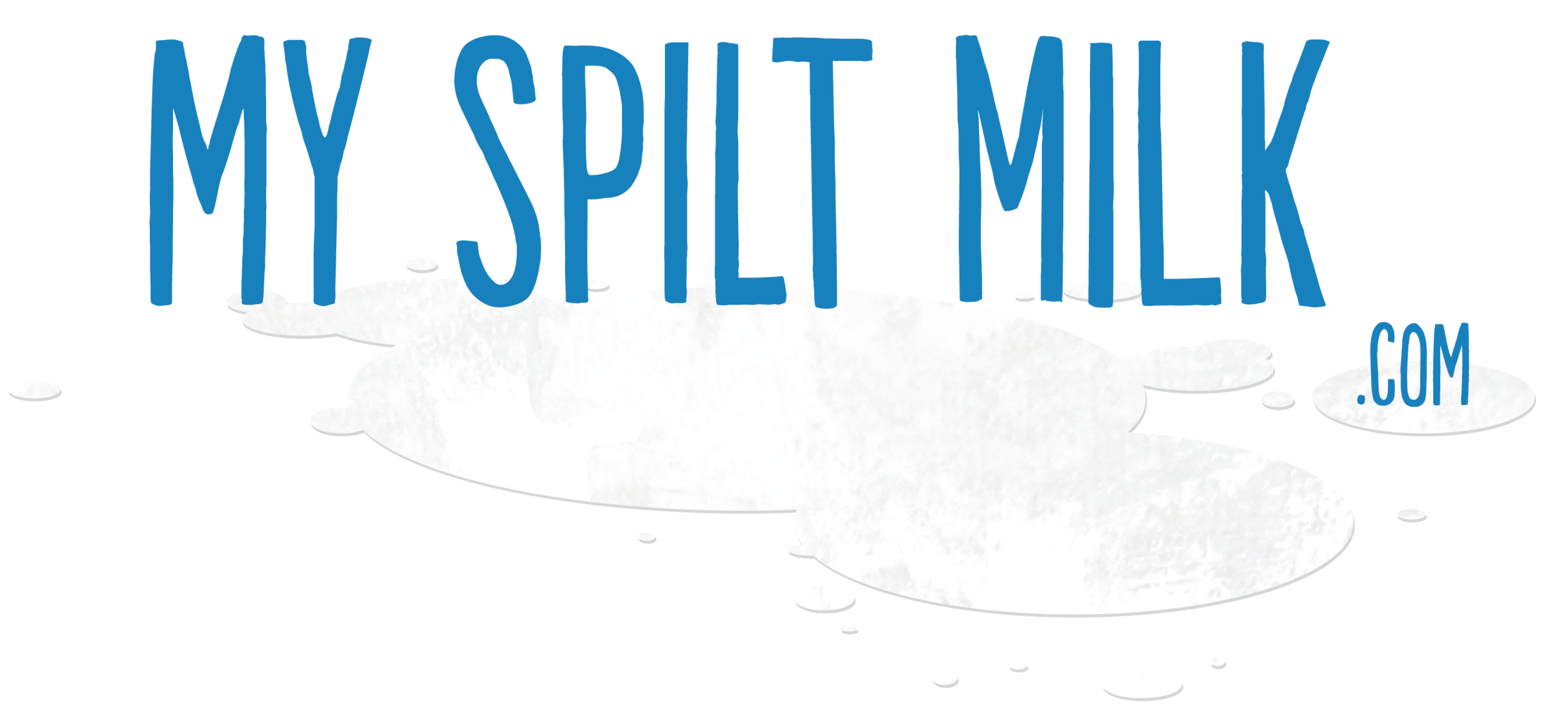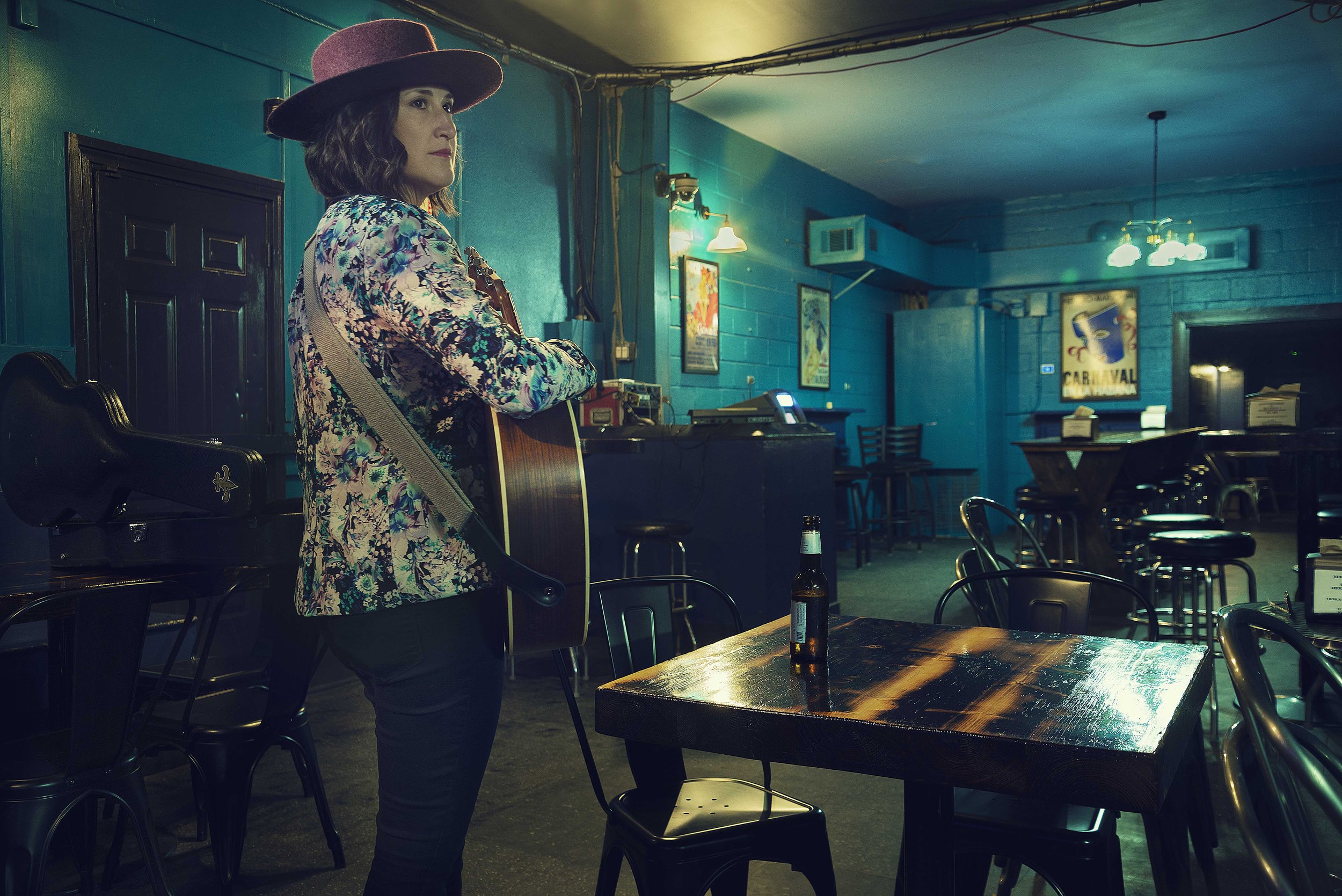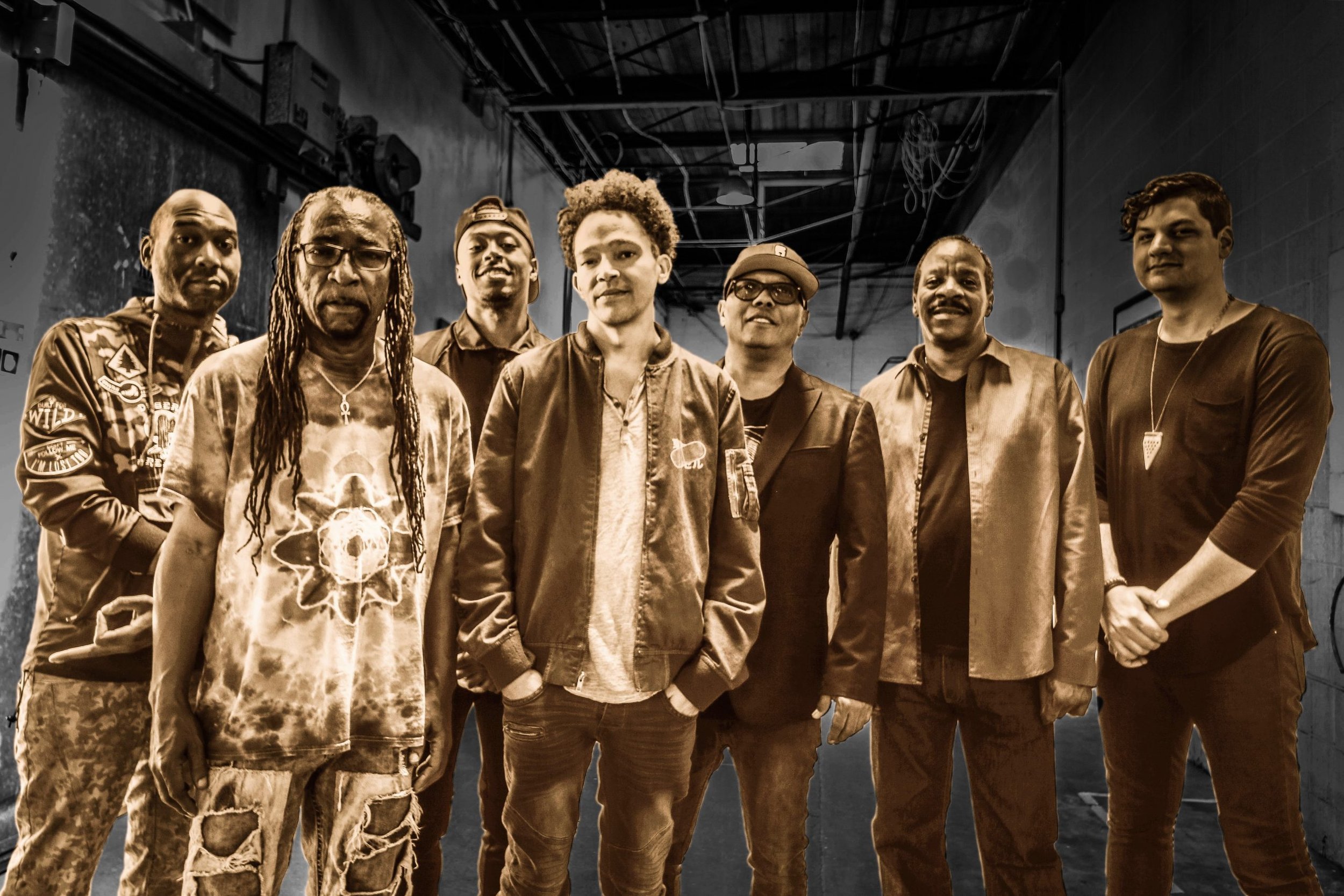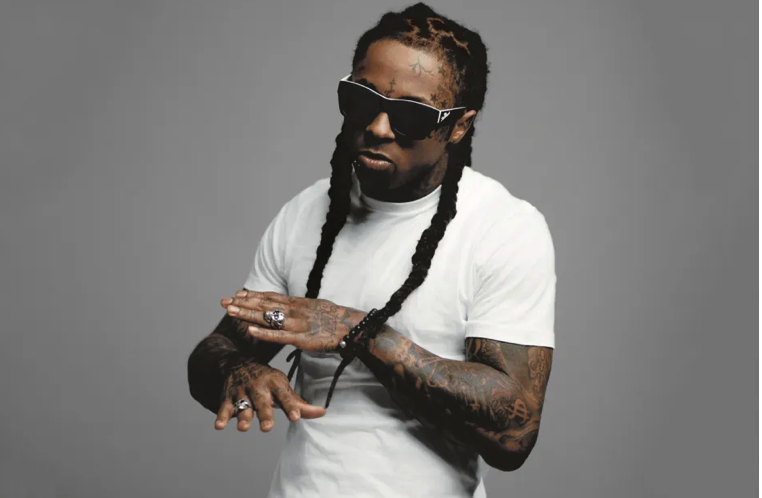What Does it Mean That Jazz Fest's Attendance was Down?

Lil Wayne’s set with The Roots was one of the highlights of Jazz Fest 2025, by Erika Goldring
On Monday, New Orleans Jazz and Heritage Festival presented by Shell announced that 460,000 people attended Jazz Fest over eight days. That’s down 40,000 from 2024 when 500,000 attended. The decline sparks some interesting questions, “why” being only one of them.
People started speculating about possible reasons for lower attendance on the first weekend after a soft crowd on Thursday and Friday. One friend noticed how few European languages he heard in conversation at the Fair Grounds and wondered if fewer Europeans attended out of anger at the current president and his policies. There’s probably some truth to that, but it’s hard to see it accounting for 5,000 fewer people a day on average.
The problem is the timing. In April, the National Travel and Tourism Office (NTTO) reported that international arrivals from overseas dropped 12 percent in March compared to the same time last year. By March, I suspect that most people who planned to attend Jazz Fest from Europe had already bought tickets, booked plane tickets, and reserved hotel rooms. People on the fence may well have skipped the trip out of protest and fear, but the tariff announcement and immigration threats probably came too late to stop many international guests from coming because they were already financially committed. If things don’t improve, this could be a motivating factor this time next year, but if there were fewer foreign visitors for Jazz Fest, other factors were likely at work as well.
If you want to look for a Trump factor, the financial anxiety created by his economic policies may be more productive. Jazz Fest made a number of efforts to make it easier for Louisianans to afford tickets including two Locals Thursdays and ticket prices reduced to $95 in advance, $105 at the gate for locals any day. But objectively, tickets did cost more this year than last year.
Still, people complain about rising ticket prices every year, and I haven’t covered a Jazz Fest when someone didn’t feel priced out. What made this year different?
A Gallup poll conducted in early April found concerns about “inflation/the high cost of living” and the “lack of money” to be the top economic concerns for what Gallup refers to as low and middle income groups, and that polling coincides with the president’s announcement of his tariff program and the fall out in the markets. It’s very plausible that people who would have bought tickets for a day at Jazz Fest no longer felt comfortable spending that money, or those who might have bought tickets for two or three days only bought tickets for one.
I’m sure some people were genuinely priced out of Jazz Fest, but I believe what people will pay for tickets is an expression of priorities. Is a day at the festival worth $50? $100 $150? That’s a personal question based on individual financial realities and the festival experience. There are people who don’t feel like their interests are represented at Jazz Fest and wouldn’t pay anything for a ticket, and there are people who pay more than $2000 a weekend for Big Chief packages including parking.
Bottom line: there are people who love Jazz Fest and will pay the price because it’s worth it to them. Others hit the threshold because they don’t.
But what Jazz Fest is worth to people isn’t an abstract question. Who exactly you’re paying to see affects the value of the festival. If someone you love is playing, the price tag looks more manageable; when there’s no one you care about, the ticket price can look too high.
I could see this year’s lineup being one that didn’t sell as well as hoped. When I say that, I’m looking at the headliners on the Festival Stage, Shell Gentilly Stage, and Congo Square Stage because the top lines of a talent announcement sell the overwhelming majority of the tickets. They’re the difference makers, the marquee artists who help motivate out-of-towners to attend Jazz Fest this year as opposed to next year, or to attend Jazz Fest instead of Bonnaroo.
There was a lot to like in that tier this year, but only Pearl Jam and Lil Wayne with The Roots felt urgent. You missed the show at your peril. As much as I enjoyed Cheap Trick, Joan Jett, and Morris Day & The Time, they seemed like casino acts, and if there was any urgency to see them or many of the Jazz Fest veterans that played this year–John Fogerty, Santana, Gladys Knight, The Wailers, and Patti LaBelle–it was to see them while you still can. By now, Lenny Kravitz, Harry Connick Jr., and My Morning Jacket are too familiar to generate a lot of excitement, and Luke Combs might if he hadn’t played Jazz Fest just two years ago.
I love that promoters Festival Productions leaned heavily on younger acts this year. Giving headline slots to Burna Boy, Goose, Laufey and Tems was a big bet on artists who have found their audiences in the 2020s. Jazz Fest has traditionally had a stronger appeal for older fans, but giving younger fans a way to connect to Jazz Fest makes it more likely that they’ll grow up with the festival, the same way boomers and other generations have. Still, in the short term it was a big bet on an audience that has not proven to be as reliable as baby boomers and Generation X.
From what I saw and heard, only Joan Jett was an event among the tier of legacy headliners, and a few probably underperformed. Kacey Musgraves’ draw was respectable, but probably not what Jazz Fest hoped for on a Friday on the Festival Stage. I suspect losing Bryon Tiller and replacing him with Tems was a step down in terms of draw.
All those factors combined whittle a few thousand off of each day at Jazz Fest and you get the decrease, but is that a big deal? It’s understandable that fans get caught up in the attendance numbers since they give Jazz Fest a larger narrative. How’s it doing? But the narrative obscures a basic truth: The numbers might have been down a bit, but that reduction created a good fan experience. Only the Saturdays felt crowded this year, and most days including a really good final Sunday felt great. It was easy to move around the Fair Grounds and get food, but it still felt like an event.
Besides, how many people showed up isn’t that telling a number a number anymore. More than 50 years into the festival, Jazz Fest doesn’t feel fragile, like a down year or two could sink it. The attendance number that really matters is how many people need to be there for Jazz Fest to break even or be profitable in a given year, and that’s a number we’re not going to know.
One thing looking at attendance can do is help us get a sense for what a probably baseline attendance number is. In 2019, Jazz Fest averaged 59,300 a day. After two years off for COVID, Jazz Fest came back with 67,800 a day in 2022 and 65,700 a day in 2023. Last year averaged 62,500 a day, and this year averaged 57,500 a day.
In 2023 and 2024, I believe the excitement to return to Jazz Fest after COVID juiced the attendance numbers. Take them out and we see an average in the range of 59-60,000, which is probably a realistic ballpark for Jazz Fest attendance.
Using that as a baseline, we see an average drop of 2,500 a day, and that’s not a cause for concern. I’m sure Jazz Fest would rather see attendance increases, but all things considered, that’s probably a reasonable turn out. All the factors likely contributed to the decline, but none is a cause for alarm.
Creator of My Spilt Milk and its spin-off Christmas music website and podcast, TwelveSongsOfChristmas.com.






